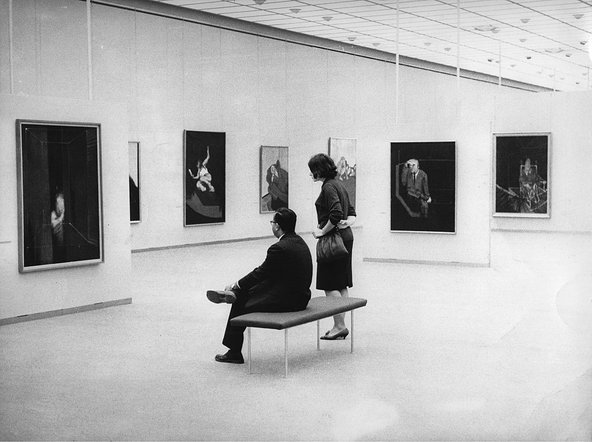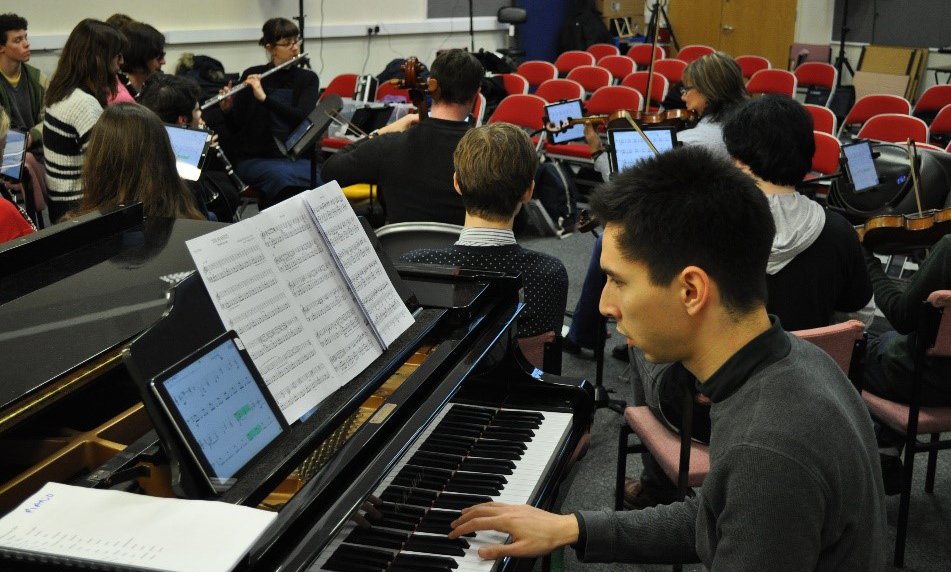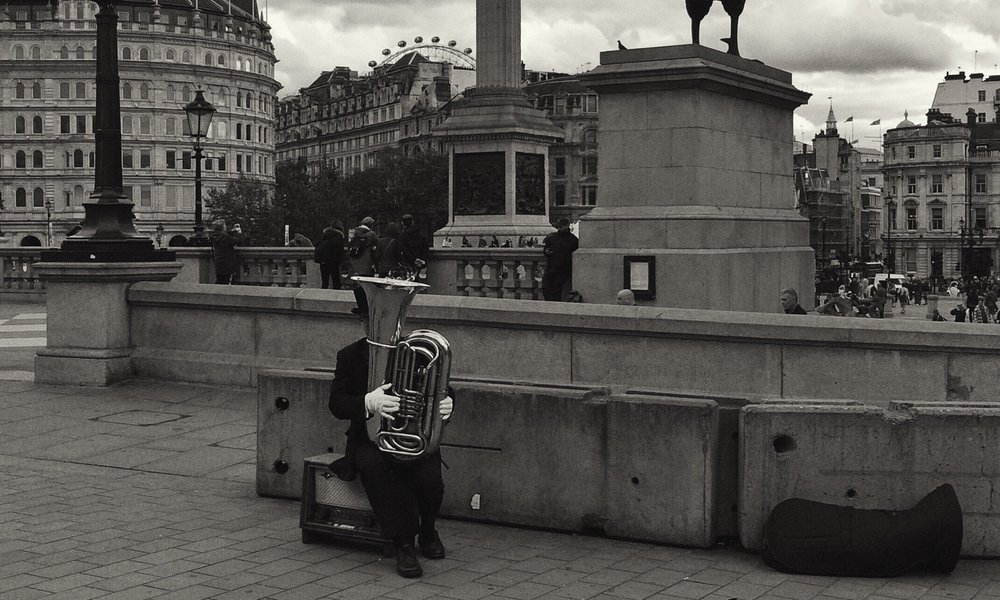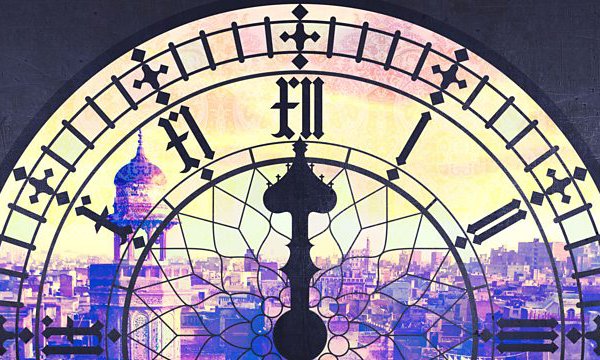The short answer is that art history is the history of art – that is, the study of a particular class of artifacts in and across time. But that’s a bit ‘x = x’. It doesn’t explain what ‘art’ is, or has been thought to be, if at all, in different cultures at different times. It doesn’t account for the emergence of art history as an academic discipline devoted to these particular objects and activities. And it doesn’t touch on how art historians study art in a range of approaches, some of them borrowed or held in common with other disciplines such as sociology, philosophy, psychoanalysis, or semiotics.
When I went to art school in the 1960s, art history was a newly obligatory and examinable component of a new qualification: the Diploma in Art and Design. Some students resented it. Most colleges taught a survey known colloquially as ‘Caves to Caro’ (Anthony Caro). This sketched the principle names, periods and styles in the western canon: palaeolithic cave painting as ‘the origins of art’, classical Greece and Rome, the high peaks of Renaissance Italy, a selective romp through elements of 17th-century Baroque, 18th-century Rococo, the French Revolution and Neo-Classicism, 19th-century Realism, Impressionism and, with luck and a fair wind, early 20th-century Cubism, before lectures gave way to exam revision. There was no close study of individual works (no time), no design history or visual culture (still largely undeveloped), little or nothing non-western and nothing contemporary. In 1958 the painter Allen Jones, an earlier student at the same college, visited a famous exhibition of Jackson Pollock at the Whitechapel Gallery and “felt like suing my teachers for not telling me what was happening in the world”.

This was not all art history was, of course, but a version adapted for undergraduates and art students that nonetheless condensed strong tendencies in the English tradition towards a focus on national schools, period style, and a ‘billiard-ball’ model of artistic influence and reaction. (The German-speaking tradition was different.) From the 1970s and 1980s art history was – controversially – reshaped with the impact of a renewed interest in culture, capital and class; by a feminist concern with women artists and the depiction of gender and sexuality; by postcolonial studies devoted to the representation of ethnic difference and subjugation; and by the emergence of design history and visual culture, both of which widened the field of study beyond the ‘isms’ of the western canon. What is sometimes called ‘the new art history’ has spread into the work and values of museums, galleries, publishing and the art market. There is now considerable interest in a transnational or global art history that examines Indian, Chinese, Islamic, Buddhist or West African art, say, not on the 19th-century model of national schools, as though each unfolded in a vacuum, but with an emphasis on transmission, hybridity and exchange.
The art-historical question is always ‘What is going on here?’ What kind of object is it (if it’s an object at all)? What is it made of, and how? What is its relation to other objects of a comparable kind? Who commissioned or bought it and on what terms? Where was it exhibited or displayed? What audience was it meant to gratify or provoke? What company did it keep and whose interests did it serve? Here the injunction to the historian is not quite as crude as ‘follow the money’, but economic, institutional, ideological and more private resources and constraints are often revealing. The trick is to understand their impress without losing the specificity – the power, charm or idiosyncrasy – of a particular work. It’s more a conversation than a judgement. As the critic Roger Fry put it in his Last Lectures (1939): “in contemplating a work of art, we are continually asking why and... we are continually getting answers, and this repeated recognition of the causes of the picture being as it is gives us a succession of moments of pleasure…”
Lisa Tickner is Honorary Professor at the Courtauld Institute of Art, University of London and Professor Emerita of Art History at Middlesex University. She was elected a Fellow of the British Academy in 2008. Her newest book, London’s New Scene: Art and Culture in the 1960s, will be published in 2020.
Further reading
An Introduction to Art by Charles Harrison, Yale University Press (2009; 2020)


